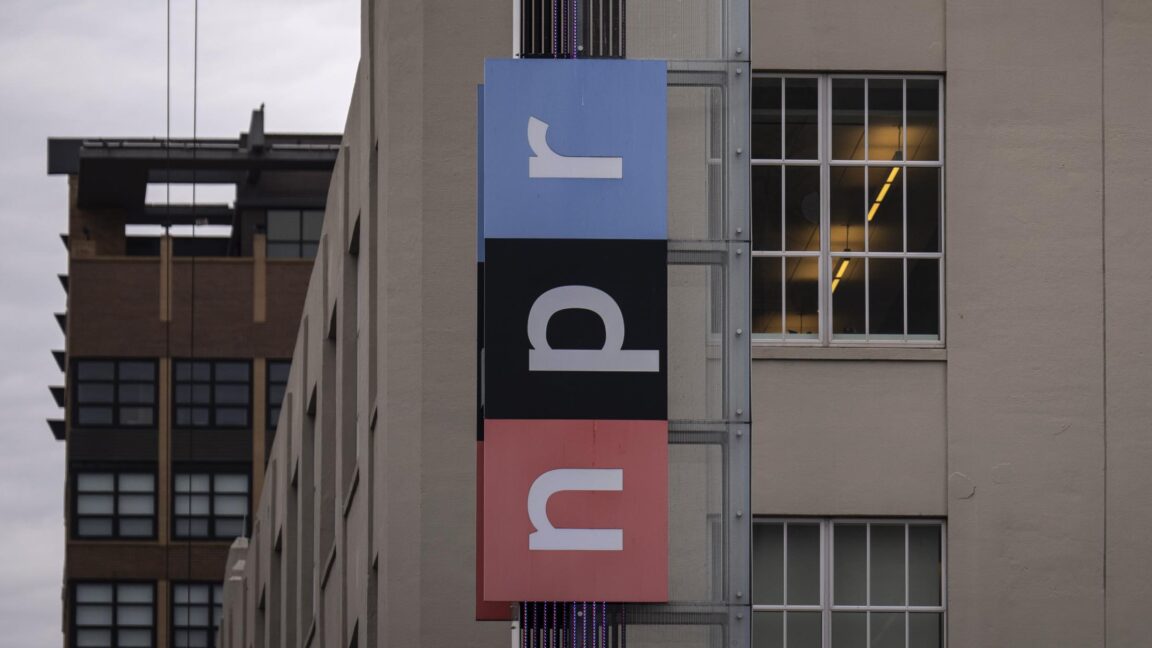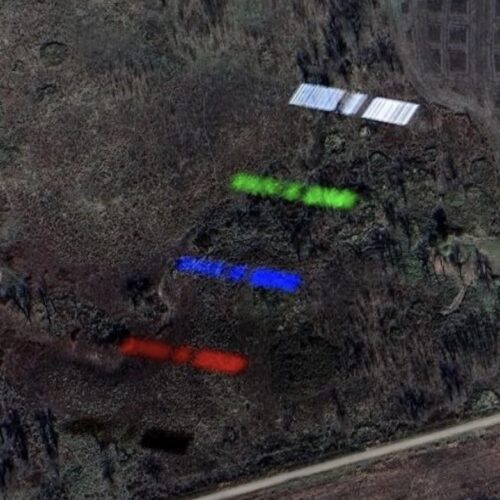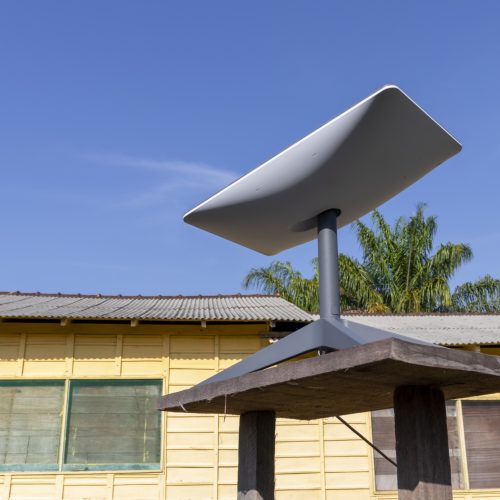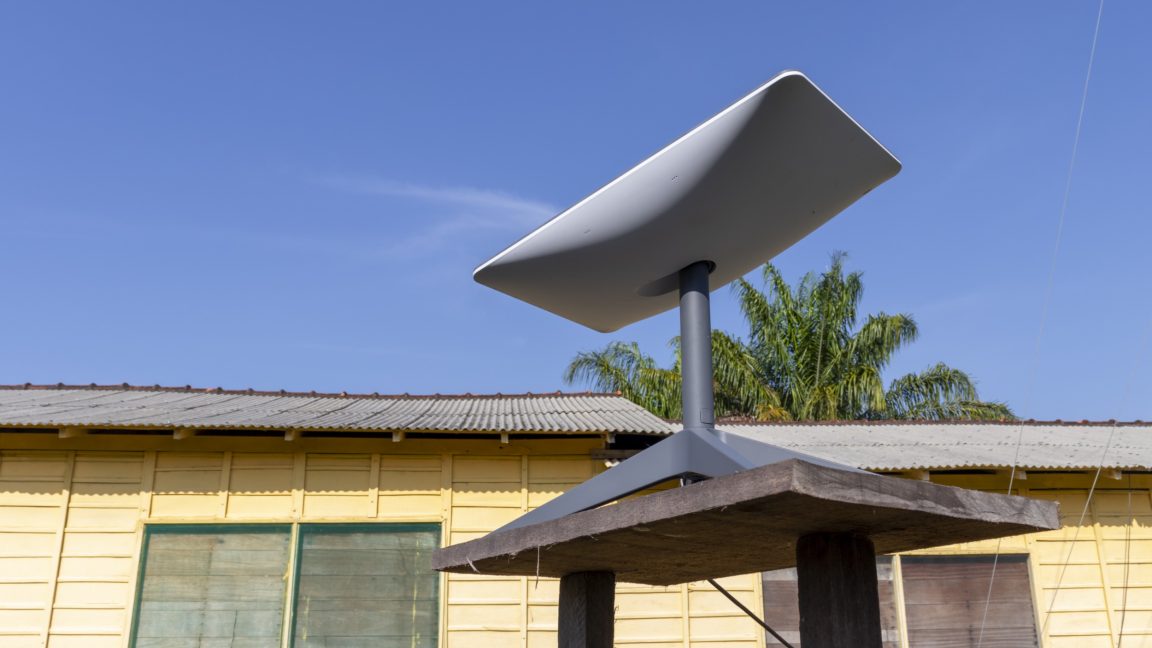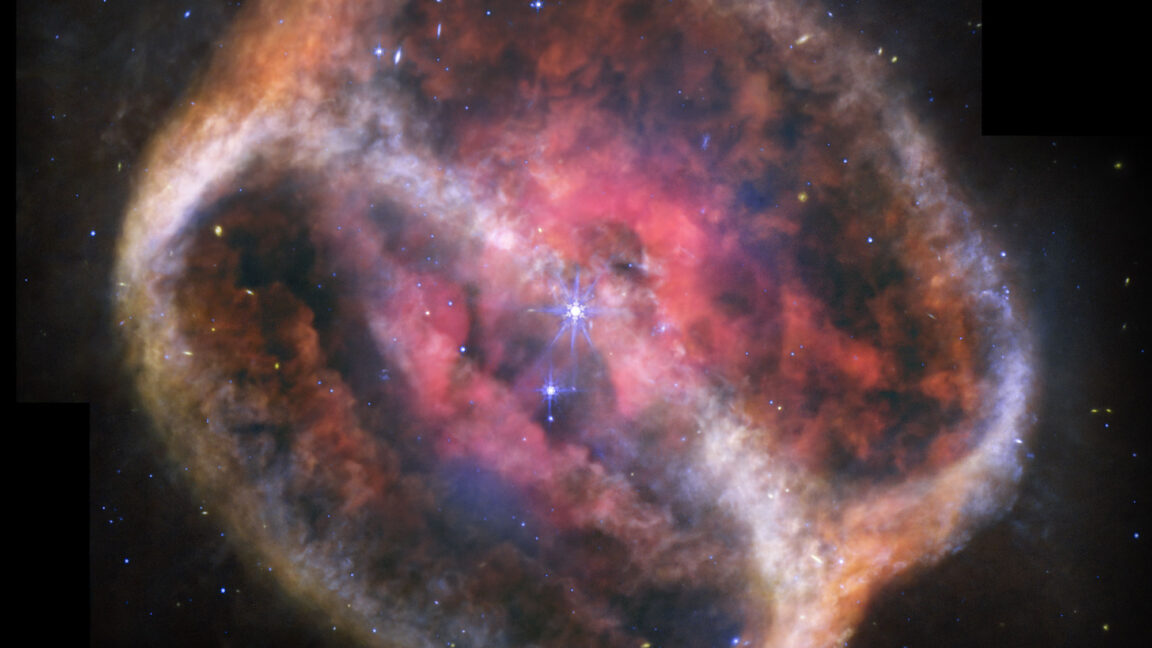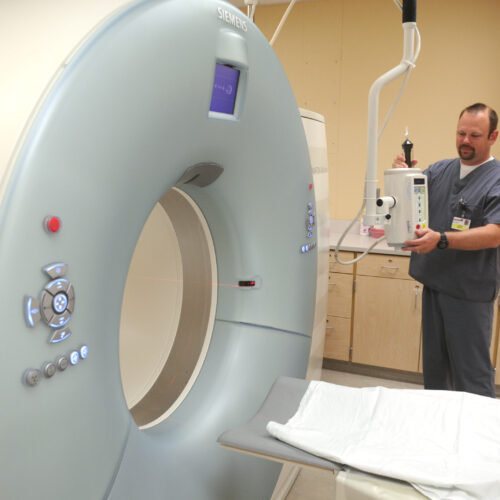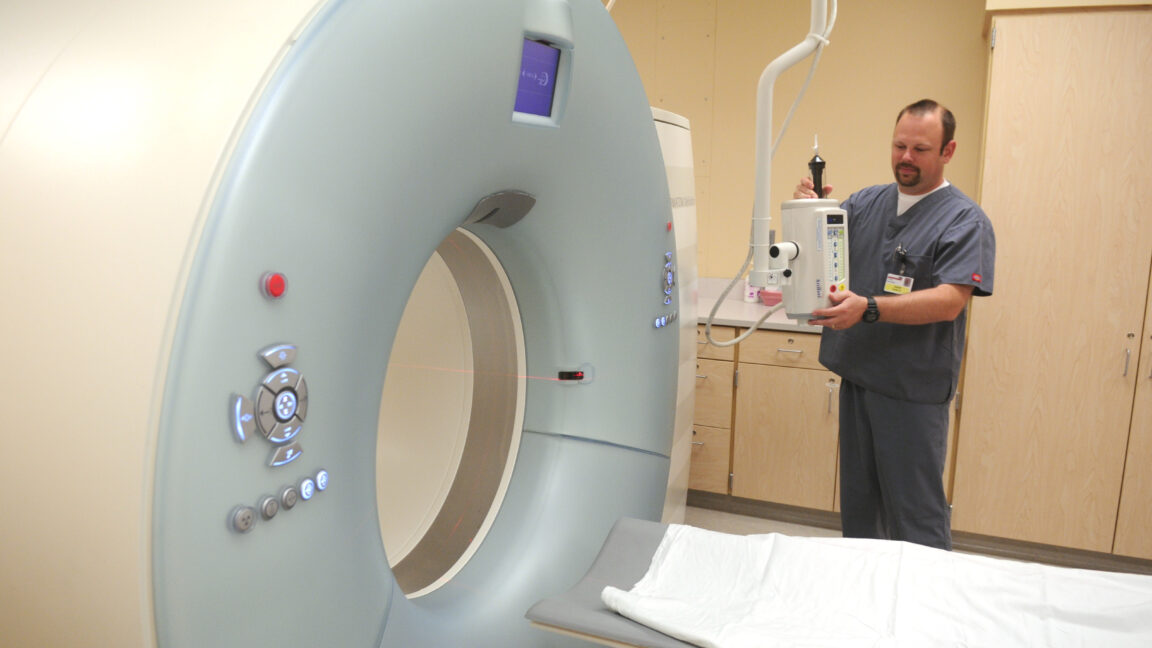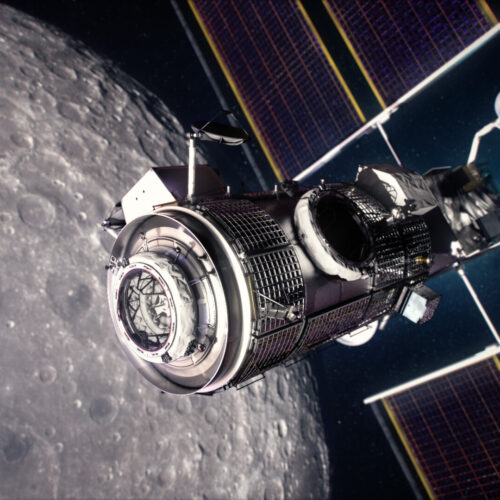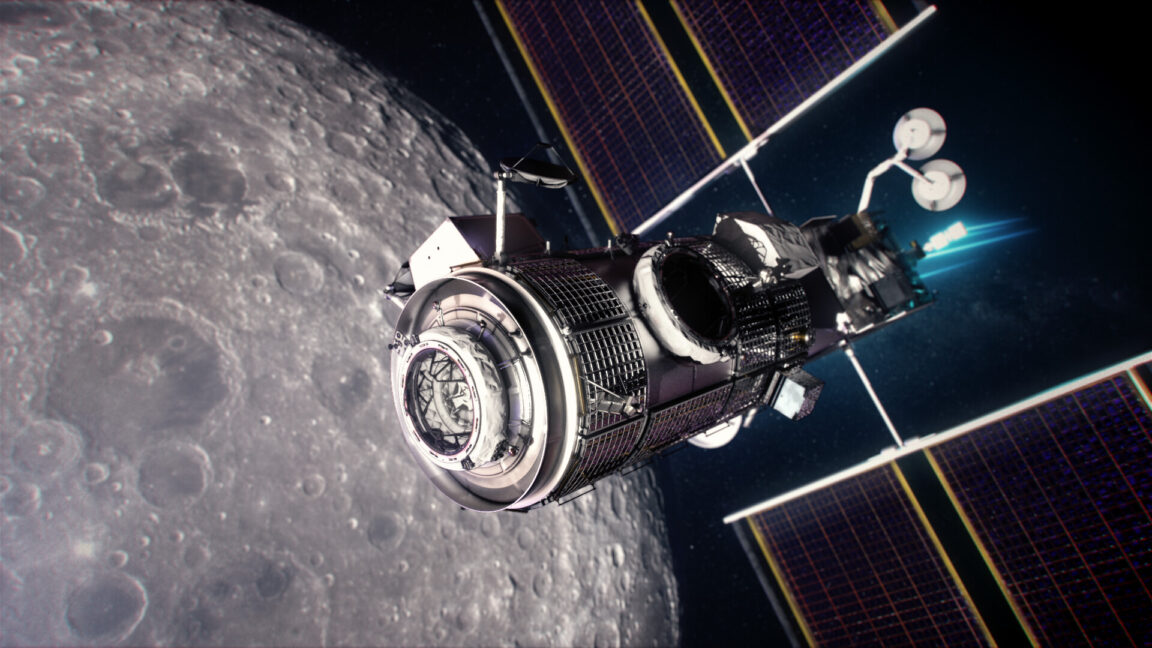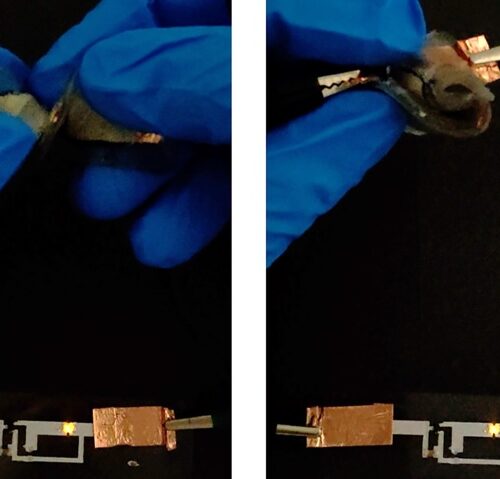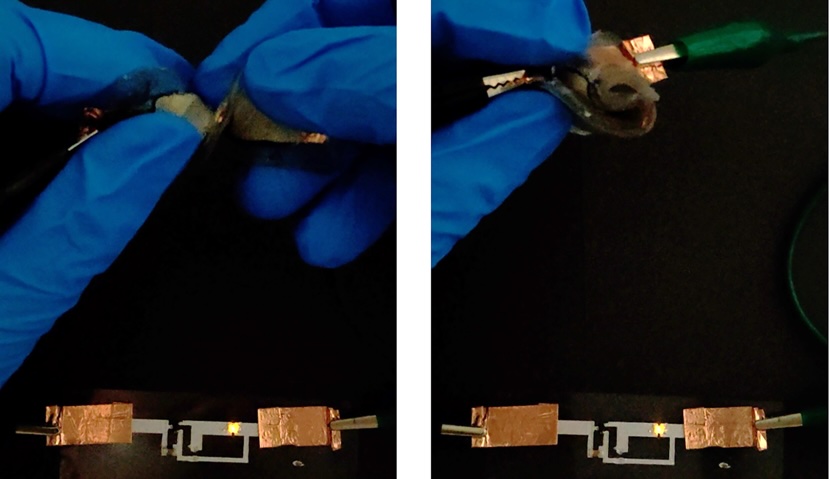Autism rate rises slightly; RFK Jr. claims he’ll “have answers by September“
The rate of autism in a group of 8-year-olds in the US rose from 2.76 percent (1 in 36) in 2020 to 3.22 percent (1 in 31) in 2022, according to a study out Tuesday in the Morbidity and Mortality Weekly Report, a journal published by the Centers for Disease Control and Prevention.
The report's authors—researchers at the CDC and academic institutions across the country— suggest that the slight uptick is likely due to improved access to evaluations in underserved groups, including Black, Hispanic, and low-income communities.
The data comes from the CDC-funded Autism and Developmental Disabilities Monitoring (ADDM) Network. The national network has been tracking the prevalence of autism spectrum disorder (ASD) in 8-year-olds at a handful of sites since 2000, publishing estimates every two years. In 2000, ASD prevalence was 1 in 150, with white children from high-income communities having the highest rates of the developmental disability. In 2020, when the rate hit 1 in 36, it was the first year in which higher ASD rates were seen in underserved communities. That year, researchers also noted that the link between ASD and socioeconomic status evaporated in most of the network.


© Getty | Bloomberg



